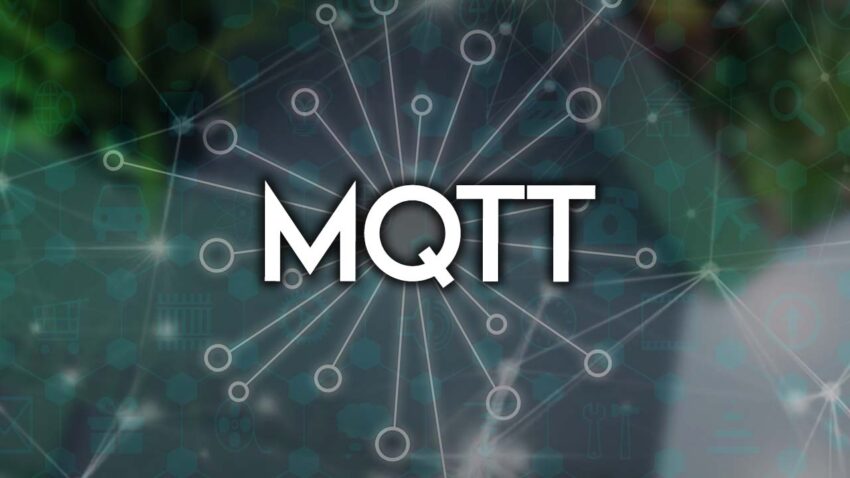MQTT’s Technical And Commercial Advantages

Introduction
In the world of IoT, MQTT has become one of the most popular communication protocols due to its technical and commercial advantages. MQTT, which stands for Message Queuing Telemetry Transport, is a lightweight and efficient protocol designed for constrained devices in low-bandwidth and unreliable network environments.
According to a report by IoT World Today, MQTT is the preferred protocol for many IoT developers due to its lightweight nature, reliability, and support for QoS levels. The report states that over 80% of IoT developers use MQTT as their primary protocol for device-to-device and device-to-cloud communication.
This blog will discuss MQTT’s technical and commercial advantages and its significance in the IoT ecosystem.
Technical Advantages of MQTT
One of the significant technical advantages of MQTT is its lightweight protocol. The protocol is designed to be small, simple, and easy to implement in a wide range of devices. It uses minimal bandwidth and power, making it suitable for devices with low resources such as sensors, microcontrollers, and other IoT devices. Additionally, MQTT supports scalability, which means it can handle thousands of devices simultaneously.
Another technical advantage of MQTT is its reliable communication. The protocol guarantees message delivery, even in an unreliable network environment. MQTT uses Quality of Service (QoS) levels to ensure reliable communication. The QoS levels are used to define the message delivery guarantee, ranging from QoS level 0 (no guarantee) to QoS level 2 (highest guarantee).
Moreover, MQTT supports bi-directional communication, which enables devices to send and receive messages. This allows devices to communicate with each other and exchange data seamlessly.
Commercial Advantages of MQTT
One of the significant commercial advantages of MQTT is its cost-effectiveness. The protocol is open-source and free to use, making it an attractive choice for small and medium-sized businesses. Additionally, MQTT’s interoperability enables devices to communicate with each other regardless of the manufacturer or device type, reducing the need for expensive proprietary solutions.
Another commercial advantage of MQTT is its easier integration with cloud platforms. MQTT’s support for lightweight communication makes it an ideal protocol for cloud-based IoT solutions. Several cloud platforms, such as Microsoft Azure IoT Hub, support MQTT, making it easier for developers to integrate IoT devices with cloud solutions.
Moreover, MQTT has high market adoption, making it an attractive choice for businesses. The protocol is widely used across several industries, including healthcare, automotive, and industrial automation.
MQTT in Azure IoT Hub
Microsoft Azure IoT Hub is a cloud platform that enables the secure connection, monitoring, and management of IoT devices. Azure IoT Hub supports several protocols, including MQTT, which enables devices to connect seamlessly to Azure IoT Hub.
Using MQTT in Azure IoT Hub provides several benefits, such as its support for bi-directional communication and its ability to handle thousands of devices simultaneously. Additionally, Azure IoT Hub’s support for MQTT enables developers to integrate their devices with Azure IoT Hub easily and securely.
Conclusion
In conclusion, MQTT’s technical and commercial advantages have made it one of the most popular communication protocols in the IoT ecosystem. Its lightweight protocol, scalability, reliable communication, support for QoS levels, and bi-directional communication make it an ideal protocol for constrained devices in low-bandwidth and unreliable network environments. Its cost-effectiveness, interoperability, easier integration with cloud platforms, and high market adoption have made it an attractive choice for businesses. MQTT’s support in cloud platforms such as Azure IoT Hub makes it easier for developers to integrate their devices with cloud solutions, making it an essential protocol in the IoT ecosystem.
FAQs
Q: What is the difference between MQTT and HTTP?
A: MQTT is a lightweight protocol designed for low-bandwidth and unreliable network environments. HTTP is a protocol designed for web-based communication, primarily used for client-server interactions.
Q: What is the role of MQTT in the Internet of Things?
A: MQTT enables devices to communicate with each other in low-bandwidth and unreliable network environments, making it an ideal protocol for IoT devices. It supports lightweight communication, bi-directional communication, and scalable communication.
Q: Is Azure IoT Hub the only cloud platform that supports MQTT?
A: No, several cloud platforms support MQTT, including AWS, Google Cloud Platform (GCP), and IBM Watson IoT.
Q: Can MQTT be used for industrial automation applications?
A: Yes, MQTT’s support for bi-directional communication, reliable communication, and scalability makes it an ideal protocol for industrial automation applications.
Q: Is MQTT secure?
A: MQTT supports Transport Layer Security (TLS) for secure communication between devices and servers, making it a secure protocol for IoT applications.



